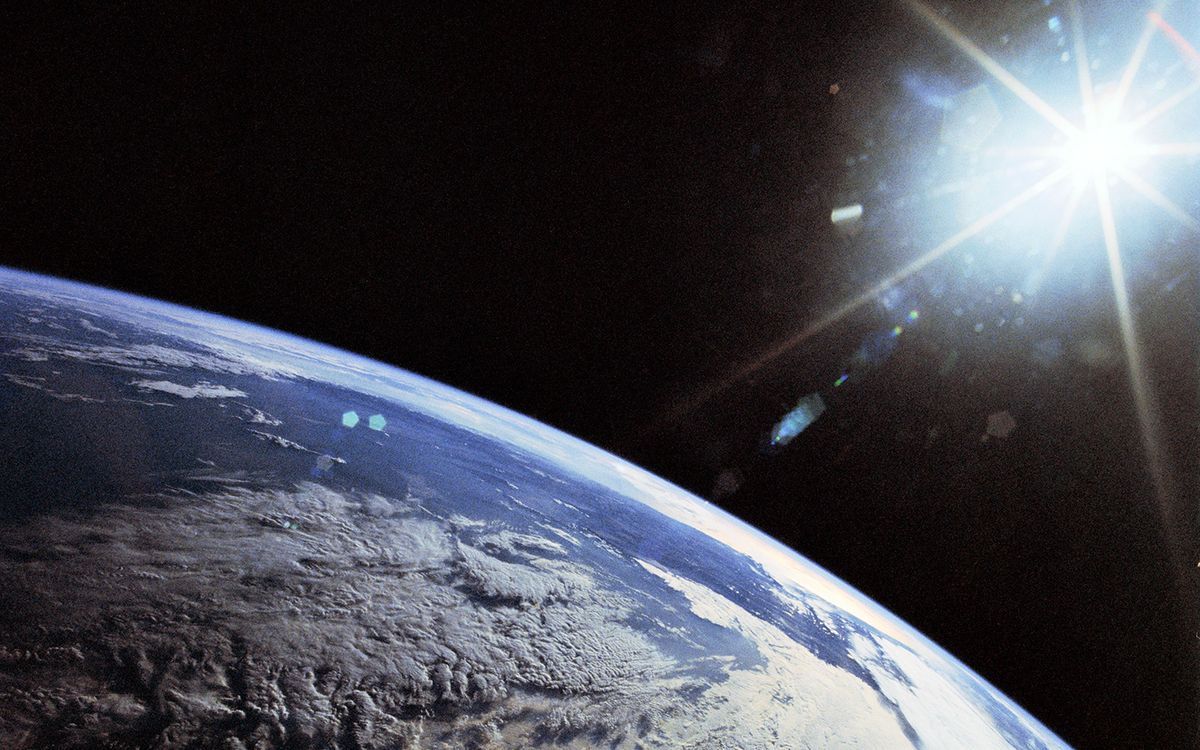
On Friday, July 7, the Earth will be furthest away from the Sun. This is because the Blue Planet will be at aphelion, which is the point in a celestial body’s orbit where it is furthest distant from the Sun. According to Earth Sky, Earth will achieve aphelion this year at 20 UTC on July 6 (1:30 am IST on July 7). The planet will be 15,20,93,251 kilometers away from Earth. This is nearly equivalent to 152.1 million kilometers.
Every year, Earth reaches aphelion in July, a few days after the Northern Hemisphere’s summer solstice and the Southern Hemisphere’s winter solstice. The term aphelion is derived from the Greek terms apo (aside or apart) and helios, which is the Greek God of the Sun. Therefore, aphelion means “apart from the Sun”.
The science of aphelion
Because Earth orbits the Sun in an elliptical orbit, there are two points closest to and furthest from the Sun. Other planetary objects’ gravitational forces, especially the Moon, cause the geometry of Earth’s orbit around the Sun to alter. According to timeanddate.com, the route shifts from roughly circular to elliptical every 100,000 years. Eccentricity is the difference between an ellipse and a perfect circle. As a result, a perfectly circular orbit has an eccentricity of zero, but an elliptical orbit has an eccentricity of one. As a result, the eccentricity of the Earth’s orbit varies once every 100,000 years.
Because of fluctuations in the eccentricity of Earth’s orbit, the dates when it reaches its aphelion and perihelion, the point in the planet’s orbit closest to the Sun, are not fixed. In 1246, the day of the December Solstice coincided with the day the Earth reached perihelion. Since 1246, the dates of perihelion and aphelion have shifted by one day every 58 years.
In some situations, the timings of perihelion and aphelion in two consecutive years can differ by two days. According to astronomers, the perihelion will coincide with the MarchEquinox, the beginning of astronomical summer in the Northern Hemisphere, more than 4,000 years from today, in 6430. Apogee is another synonym for aphelion. Aphelion will happen on July 5, 2024, July 4 in 2025, July 6 in 2026, and July 5 in 2027.
